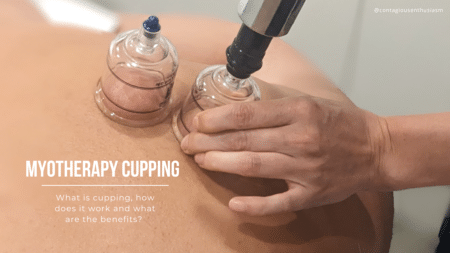Beat Desk Fatigue – Part 2
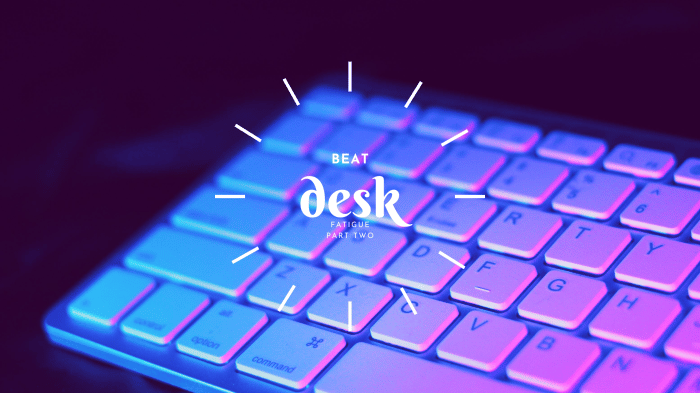
‘Staying at Home and Your Body’ Series
If you’re living anywhere in the world right now, chances are you’ve been affected by the COVID-19 restrictions in one way or another. Whether it be that you’ve had to set up work from home, or you’ve had to make changes to your exercise regime due to restricted access to the gym. Perhaps you’ve started a new hobby to pass by all the time spent at home, or you’re tackling the task of home schooling the kids – it’s fair to say we’ve all had changes to our normal routine.
It’s because of these changes in lifestyle that we are bringing you a small series of blog posts: Staying at Home and Your Body. Through these posts we will be addressing common aches and pains you might experience as a result of these changes in routine, as well as treatment options and home based exercises you can try in the comfort of your own home.
Staying at Home and Your Body – #2
“Desk Posture” – PART 2
Part 2 of Desk posture will be addressing the lower back.
As discussed in Part 1, setting up work from home is something that many of us have had to do with the COVID-19 restrictions. As a result, common aches and pains are becoming more of a problem for more people. One of the common aches and pains you may experience in your home office is lower back pain. Lower back pain can present in many different ways, including:
- ‘Compressed’ feeling, on or near the spine
- General ache, very diffused and hard to pin-point
- Specific ache to one or both sides
- Ache across the lower part of the back, over the sacrum
Other, or more severe, symptoms of lower back pain could be:
- Tightness in the front of the hips
- Nerve pain (pins and needles, burning, shooting, tingling) travelling down into the hips and back of the legs (one or both)
- Numbness or loss of sensation in the back of the legs (one or both) and/or into the feet and/or toes
- Weakness in the legs (one or both)
Sitting for long periods of time without movement can cause the back to stiffen and restrict movement, as well as potential compression of the vertebrae. Below are some exercises you can try to open the back and hips, and create movement through your lumbar spine.
- Child’s Pose
AIM: Create space in lumbar spine, ‘decompress’ the lower back
WHEN: On your lunch break and at the end of the day
HOW: Kneeling with your bum on your heels, the top of your feet should be on the floor and your big toe flat.
Extend your hands and arms out in front of you, and tuck your head down.
Focus on stretching out your back and opening the spine.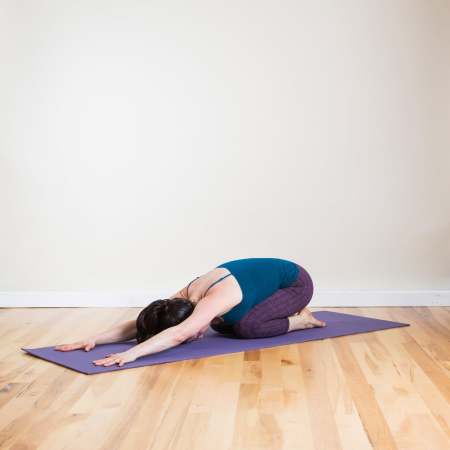
- QL Stretch
AIM: Stretch a smaller muscle in your back – Quadratus Lumborum (QL)
WHEN: On your lunch break and at the end of the day
HOW: From the Child’s Pose position, walk your hands to one side, creating a curve in your lower back.
* You may also feel this stretch in the side of your body, and a lesser stretch in your lower back. This is a great stretch, but not achieving the aim! To prevent this, simply slide the hand in towards yourself slightly. You may need to give this a few tries to find the best stretch for you!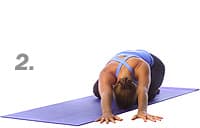
- Cat/Cow stretch
AIM: Create space in lumbar spine
WHEN: On your lunch break and at the end of the day
HOW: On your hands and knees, ensure your hands are under your shoulders and your knees are under your hips.
Imagine a string pulling your back up towards the ceiling.
Create space in the spine.
Tuck your chin into your chest. This is the ‘cat’.
Now, do the opposite action.
Push your belly-button down towards the ground, bring the shoulder blades in towards the spine, push out your chest and move your head to look up towards the ceiling. This is the ‘cow’.
* There should not be any pain in this movement. If you already have a compressed feeling in your lower back, please take caution when performing the ‘cow’ movement.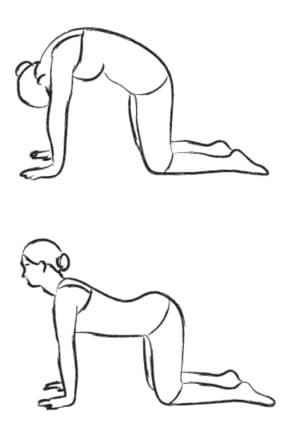
Regularly standing and moving throughout the day is important to prevent the lower back from stiffening. A quick 5-10 minute break to stand, stretch and walk around will not only be great for your back and hips, but also for your mental health and concentration. If this isn’t enough reason to stand from your desk, wandering over to the kitchen for a glass of water would be the icing on the cake! You’ll be productive, mobile, pain free and hydrated by the end of the day – go you!
Find us on Instagram for more content, and check out our latest IGTV of the ‘Staying at Home and Your Body’ Series – Beat Desk Fatigue Part 1
@contagiousenthusiasm





